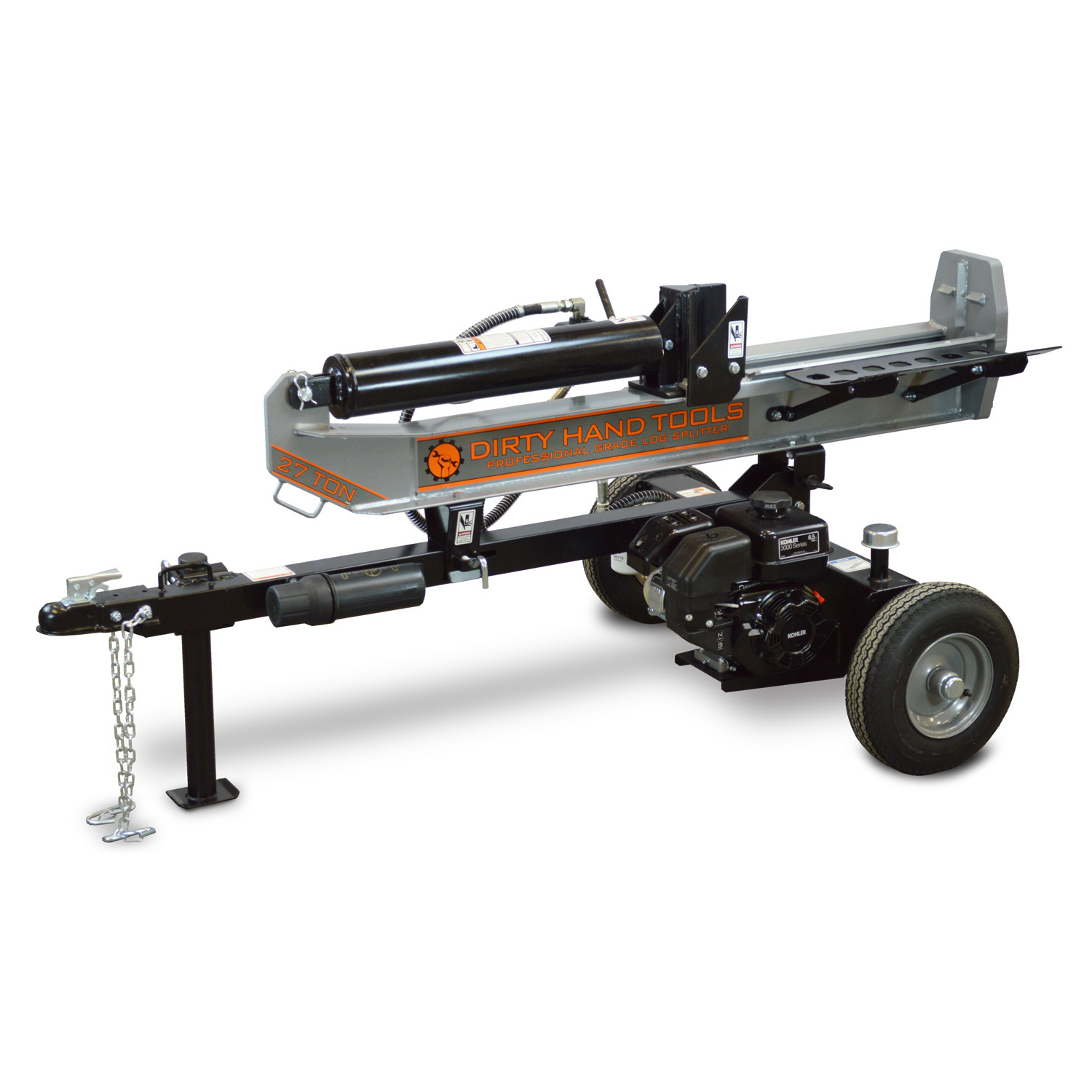

Articles
Who Makes Dirty Hand Tools
Modified: January 8, 2024
Looking for articles on "Who Makes Dirty Hand Tools"? Find all the information you need about the manufacturer of Dirty Hand Tools in our informative articles.
(Many of the links in this article redirect to a specific reviewed product. Your purchase of these products through affiliate links helps to generate commission for Storables.com, at no extra cost. Learn more)
Introduction
Dirty hand tools are a common problem that many individuals face in their day-to-day lives. Whether it’s a dirty shovel, grimy gardening tools, or greasy mechanics’ tools, the impact of dirt and grime on our tools can be significant. Not only does it affect the functionality and durability of the tools, but it can also have environmental consequences.
The accumulation of dirt, grease, and other substances on hand tools can hinder their performance. It can lead to corrosion, rust, and reduced efficiency. In some cases, it can even render the tools unusable, resulting in additional costs to replace them. Furthermore, dirty tools can pose health and safety risks to the users. Grease and dirt can make the handles slippery, increasing the chances of accidents and injuries.
There are various factors that contribute to the problem of dirty hand tools. Understanding these culprits can help us address the issue effectively. In this article, we will explore the main players behind dirty hand tools and discuss the environmental consequences of this problem. We will also highlight the importance of regulations and standards in ensuring the quality and cleanliness of hand tools. Finally, we will provide some practical ways to address the issue and maintain clean and functional hand tools.
Key Takeaways:
- Manufacturers, retailers, and consumers all contribute to the problem of dirty hand tools. Understanding their roles and implementing proactive measures can lead to cleaner, more durable tools and a healthier environment.
- Environmental consequences of dirty hand tools include soil contamination, water pollution, impact on biodiversity, air pollution, and resource waste. Prioritizing cleanliness and sustainability can mitigate these adverse effects.
Read more: Who Makes Dirty Hand Tools Mower
The Impact of Dirty Hand Tools
Dirty hand tools can have a significant impact on various aspects of our lives. From personal hygiene to environmental sustainability, the consequences of neglecting the cleanliness of our tools are far-reaching.
One of the immediate impacts of dirty hand tools is the compromise in their performance. Dirt, grease, and other substances can accumulate on the surfaces of the tools, affecting their functionality. This can lead to difficulty in gripping, reduced accuracy, and overall reduced productivity. For example, a dirty gardening tool may struggle to penetrate the soil effectively, making it harder to plant seeds or remove weeds. Similarly, a mechanic’s greasy tools may hinder their ability to efficiently fix a vehicle’s problem.
Moreover, dirty hand tools are prone to corrosion and rust. When moisture combines with dirt and debris on the tools, it creates a perfect environment for rust to develop. This can weaken the tool’s structure and compromise its durability. Rusty tools not only lose their aesthetic appeal but also become less effective and may need frequent replacement.
In addition to the functional impact, dirty hand tools can also pose health and safety risks. The accumulation of dirt and grease can make the tool handles slippery, increasing the chances of accidents and injuries. For example, a slippery handle on a shovel can result in a loss of grip and an accidental fall. Furthermore, dirt and grease can carry harmful bacteria and pathogens, especially in tools used for food preparation or medical purposes.
Furthermore, the impact of dirty hand tools extends beyond our personal lives. When these tools are not cleaned regularly, they can become a source of pollution. Grease, oil, and other chemicals on the tools can seep into the soil or water bodies, causing environmental contamination. This contamination has adverse effects on the surrounding ecosystems, plants, animals, and even human health if these polluted resources are consumed.
To mitigate these impacts and ensure the longevity and effectiveness of our hand tools, it is crucial to address the issue of dirty tools at its root. By understanding the factors that contribute to the accumulation of dirt on our tools, we can take proactive steps to prevent and manage this problem effectively.
The Culprits Behind Dirty Hand Tools
When it comes to dirty hand tools, there are multiple parties involved in the accumulation of dirt, grease, and grime on these essential tools. Understanding the role of each party can help us address the issue more effectively and find long-term solutions. Here are the main culprits behind dirty hand tools:
- Manufacturers: One of the primary culprits behind dirty hand tools is the manufacturers themselves. Sometimes, hand tools are not properly cleaned or treated before they are packaged and shipped out to retailers. This can result in tools already being dirty when they are purchased brand new. Additionally, inadequate protective coatings or finishes on the tools can make them more prone to accumulating dirt and grime over time.
- Retailers: Retailers also play a role in the cleanliness of hand tools. Improper handling and storage practices in stores can lead to dirty tools being sold to consumers. Dust, debris, and exposure to various elements while on display can contribute to the accumulation of dirt on the tools. Moreover, some retailers may not prioritize the cleanliness of the tools they sell, which can result in customers buying dirty tools unknowingly.
- Consumers: Lastly, consumers themselves have a significant impact on the condition of their hand tools. While manufacturers and retailers can contribute to the initial dirtiness of tools, it is ultimately up to the consumers to maintain the cleanliness of their tools. Neglecting regular cleaning and maintenance can lead to the accumulation of dirt and grease on the tools, reducing their effectiveness and durability over time.
It is important to note that these culprits are not acting maliciously or intentionally contributing to the problem of dirty hand tools. Often, it is a result of various factors such as production processes, storage practices, and maintenance habits. By understanding the role of each party involved, we can work towards finding solutions that address the issue at its root.
Manufacturers
Manufacturers play a crucial role in the cleanliness of hand tools. As the creators and suppliers of these tools, they have a responsibility to ensure that the products they produce are clean and free from dirt and grime. However, there are several factors that can contribute to dirty hand tools coming directly from the manufacturers:
Inadequate Cleaning Processes: Some manufacturers may not have proper cleaning processes in place to remove dirt, grease, and other contaminants from the tools before they are packaged and sold. This can result in tools being delivered to retailers and ultimately to consumers in a dirty state. Insufficient cleaning procedures can be a result of tight production schedules, cost-cutting measures, or a lack of emphasis on cleanliness.
Insufficient Protective Coatings: Hand tools are often made of metal, which is susceptible to corrosion and rust when exposed to moisture. Manufacturers typically apply protective coatings or finishes to prevent this damage. However, if these coatings are not applied properly or are of low quality, they may not effectively prevent the tools from accumulating dirt and grime. Inadequate protective coatings can make the tools more prone to corrosion and may require more frequent cleaning and maintenance.
Lack of Quality Control: In some cases, manufacturers may not have rigorous quality control processes in place to ensure that each tool meets the required standards before it is shipped. This can result in dirty or damaged tools slipping through the cracks and reaching the hands of consumers. Without proper quality control measures, manufacturers are unable to identify and address the cleanliness issues in their products.
Improper Packaging: Packaging plays a vital role in protecting the tools during transportation and storage. If the packaging materials are insufficient or are not designed to keep out dirt and moisture, the tools may become dirty before they are even sold. Additionally, inadequate packaging can lead to tools being exposed to external elements, further contributing to their dirtiness.
To address the issue of dirty hand tools at the manufacturing level, it is essential for manufacturers to prioritize cleanliness and implement effective cleaning processes. This includes investing in proper cleaning equipment, ensuring the use of high-quality protective coatings, implementing robust quality control measures, and using appropriate packaging materials. By taking these steps, manufacturers can contribute to delivering cleaner, more durable hand tools to retailers and consumers.
Retailers
Retailers play a significant role in the cleanliness of hand tools as they are the intermediaries between manufacturers and consumers. While the responsibility primarily lies with the manufacturers to deliver clean tools, retailers also have a role to play in ensuring the tools are in a satisfactory condition when they reach the hands of customers. Here are some factors related to retailers that can contribute to the problem of dirty hand tools:
Improper Handling and Storage: How retailers handle and store the hand tools can have a direct impact on their cleanliness. If the tools are not handled with care or are stored in dusty or dirty environments, they can easily accumulate dirt and grime. Retailers should prioritize proper handling techniques, ensuring cleanliness protocols are followed, and store the tools in clean and organized areas to prevent unnecessary dirt buildup.
Inadequate Quality Control: Retailers have a responsibility to inspect the tools they receive from manufacturers to ensure that they are in a clean and satisfactory condition before they are sold to customers. This includes checking for any signs of dirt, grease, or damage. However, if retailers do not have proper quality control measures in place or fail to prioritize the cleanliness of the tools, they may unintentionally sell dirty tools to customers.
Lack of Cleaning at the Store: While retailers may receive tools from manufacturers in a clean state, the tools can become dirty due to various factors within the retail environment. Dust, debris, and exposure to external elements are common factors that can contribute to the tools becoming dirty while on display or during customer handling. Retailers should regularly clean and maintain the tools in their inventory to ensure they remain clean and presentable for customers.
Neglecting Customer Education: Many customers may not be aware of the importance of regularly cleaning and maintaining their hand tools. Retailers can play a role in educating customers about the proper care and maintenance of their tools. By providing information, tips, and resources on how to clean and preserve the tools, retailers can empower customers to keep their tools clean and functional.
To address the issue of dirty hand tools at the retail level, it is crucial for retailers to prioritize cleanliness and implement proper handling, storage, and quality control measures. Regular cleaning and maintenance of the tools in the store, along with customer education, can contribute to delivering clean and reliable hand tools to consumers.
Dirty Hand Tools are manufactured by a company called “Dirty Hand Tools” based in Colorado, USA. They specialize in producing a wide range of outdoor power equipment and tools for gardening, landscaping, and other outdoor activities.
Read more: Who Makes Dirty Hand Tools Snow Blowers
Consumers
While manufacturers and retailers have their roles to play in delivering clean hand tools, consumers also have a significant impact on the cleanliness and condition of their tools. The responsibility for maintaining clean tools falls on the individuals who use and own them. Here are some factors related to consumers that contribute to the problem of dirty hand tools:
Lack of Cleaning and Maintenance: One of the main culprits behind dirty hand tools is the neglect of regular cleaning and maintenance by consumers. Over time, dirt, grease, and other substances can accumulate on the surfaces of the tools, hindering their functionality and durability. It is essential for consumers to establish a routine of cleaning their hand tools after each use, removing any dirt or debris and ensuring they are properly stored in a clean and dry environment.
Inadequate Storage: Improper storage of hand tools can contribute to their dirtiness. If tools are left exposed to moisture, dust, or extreme temperatures, they are more likely to accumulate dirt and rust. Consumers should invest in proper tool storage solutions such as toolboxes, racks, or designated areas that protect the tools from external elements and keep them clean and organized.
Lack of Knowledge: Many individuals may not have sufficient knowledge on how to properly clean and maintain their hand tools. Lack of awareness on the appropriate cleaning techniques, suitable cleaning agents, and proper storage practices can result in tools remaining dirty and prone to damage. It is important for consumers to educate themselves on the recommended cleaning methods for their specific tools and seek guidance from reliable sources or manufacturers’ guidelines.
Unawareness of Health and Safety Risks: Dirty hand tools can pose health and safety risks to the users. Accumulated dirt, grease, and debris on tool handles can make them slippery and increase the likelihood of accidents and injuries. Moreover, these substances may carry harmful bacteria or pathogens, especially in tools used for food preparation or medical purposes. Consumers should be aware of these risks and prioritize cleanliness to ensure a safe and hygienic working environment.
By taking responsibility for the cleanliness and maintenance of their hand tools, consumers can greatly contribute to the prevention of dirty tools. Regular cleaning, proper storage, knowledge of cleaning techniques, and awareness of health and safety risks are essential to keeping hand tools in optimal condition.
Environmental Consequences of Dirty Hand Tools
The environmental consequences of dirty hand tools extend beyond the impact on the tools themselves. The accumulation of dirt, grease, and other contaminants on these tools can have adverse effects on the environment in several ways:
Soil Contamination: When dirty hand tools are used in soil-intensive activities such as gardening or farming, they can introduce contaminants into the soil. Dirt, grease, oil, and other substances on the tools can seep into the soil, affecting its composition and fertility. This contamination can hinder the growth of plants, disrupt the balance of soil ecosystems, and have long-term implications for agricultural productivity.
Water Pollution: Dirty hand tools that are not properly cleaned can contribute to water pollution. Rainwater or irrigation can wash away the accumulated dirt and contaminants from the tools, carrying them into rivers, lakes, and other water bodies. This pollution can harm aquatic life, disrupt ecosystems, and impact the quality of water available for human consumption. Additionally, chemicals and substances on the tools can leach into groundwater, further compromising water quality.
Impact on Biodiversity: The environmental consequences of dirty hand tools are not limited to soil and water. Contaminants on these tools can also affect local flora and fauna. The introduction of foreign substances through dirty tools can disrupt natural habitats, alter the behavior and reproductive patterns of wildlife, and even contribute to the decline of certain plant and animal species. Maintaining clean tools can help minimize these negative impacts on biodiversity.
Air Pollution: Dirty hand tools can indirectly contribute to air pollution. When using tools that are contaminated with dirt, dust, or chemicals, the act of using them can release particles into the air. These particles can contribute to air pollution, causing respiratory issues and exacerbating existing air quality problems. Proper cleaning and maintenance of hand tools can prevent such particle release and help improve air quality.
Resource Waste: Dirty hand tools may have a reduced lifespan due to corrosion, rust, and other damage caused by accumulated dirt and grime. This can result in the need for more frequent tool replacements, contributing to resource waste. By ensuring the cleanliness and proper maintenance of hand tools, their lifespan can be extended, reducing the demand for new tools and minimizing resource consumption.
To mitigate the environmental consequences of dirty hand tools, it is vital for individuals, manufacturers, and retailers to prioritize cleanliness and adopt sustainable practices. Regular cleaning, proper disposal of waste from cleaning, and the use of eco-friendly cleaning agents can help minimize the environmental impact of hand tools. Additionally, adhering to environmental regulations and standards can ensure that the manufacturing, use, and disposal of tools are conducted in an environmentally responsible manner.
The Role of Regulations and Standards
Regulations and standards play a crucial role in ensuring the quality and cleanliness of hand tools. They provide guidelines and requirements that manufacturers, retailers, and consumers must adhere to, in order to minimize the occurrence of dirty hand tools and promote environmental responsibility. Here are some key aspects of the role of regulations and standards:
Mandating Cleanliness Standards: Regulations and standards set clear guidelines for manufacturers regarding the cleanliness of hand tools. They specify the acceptable limits of dirt, grease, and other contaminants on the tools before they can be sold to consumers. These standards ensure that manufacturers prioritize cleanliness in their production processes, strengthening the quality control measures and preventing the distribution of dirty tools.
Safety Requirements: Regulations and standards also address safety aspects related to hand tools. They specify the design and construction requirements to ensure that the tools are safe to use, reducing the risk of accidents and injuries. Properly designed tools with ergonomic handles, non-slip surfaces, and secure attachments contribute to safer handling and usage.
Environmental Compliance: Regulations and standards often incorporate environmental guidelines to ensure that hand tool manufacturing and usage are conducted with minimal impact on the environment. This includes restrictions on the use of certain materials, requirements for proper waste disposal, and regulations related to resource conservation. Complying with these environmental regulations promotes sustainability and reduces the environmental footprint of hand tools.
Labeling and Certification: Regulations and standards may require manufacturers to provide labeling or certification to indicate that their hand tools meet certain cleanliness, safety, and environmental standards. These labels and certifications give consumers confidence that the tools they purchase comply with the necessary requirements and have gone through rigorous testing and quality control processes.
Consumer Awareness: Regulations and standards contribute to consumer awareness by providing information about the importance of cleanliness, safety, and environmental responsibility when it comes to hand tools. They educate consumers about the potential risks associated with dirty tools and the role they can play in maintaining the cleanliness and functionality of their tools. Increased consumer awareness leads to a demand for cleaner and safer hand tools.
To ensure the effectiveness of regulations and standards, it is essential for proper enforcement and monitoring by relevant authorities. Regular inspections and audits can help identify non-compliance and ensure that manufacturers, retailers, and consumers are adhering to the requirements. Additionally, continuous updates and improvements to regulations and standards based on scientific advancements and industry practices are necessary to address emerging issues.
Overall, regulations and standards serve as important tools in promoting cleanliness, safety, and environmental responsibility in the realm of hand tools. They provide a framework that guides manufacturers, retailers, and consumers towards maintaining clean and functional tools while minimizing the negative impacts on individuals and the environment.
Ways to Address the Issue
Addressing the issue of dirty hand tools requires a collective effort from manufacturers, retailers, and consumers. By implementing the following strategies, we can work towards minimizing the occurrence of dirty tools and promoting cleanliness and sustainability:
- Manufacturers:
- Establish rigorous cleanliness protocols, including proper cleaning processes and quality control measures, to ensure that tools are delivered to retailers in a clean state.
- Invest in high-quality protective coatings and finishes to prevent dirt and grime from accumulating on hand tools.
- Improve packaging to protect tools during transportation and storage, reducing the chances of dirt buildup.
- Provide clear guidelines and support for proper cleaning and maintenance of tools to empower consumers.
- Retailers:
- Implement proper handling and storage practices to prevent dirt accumulation on hand tools while they are in the store.
- Conduct regular cleaning and maintenance of tools in the store to ensure they remain clean and presentable for customers.
- Educate staff and customers about the importance of cleanliness and provide resources on proper tool cleaning and maintenance.
- Verify the cleanliness and condition of tools received from manufacturers before selling them to customers.
- Consumers:
- Develop a routine for regularly cleaning hand tools after each use, removing any dirt, grease, and debris.
- Properly store tools in clean and dry environments, using appropriate tool storage solutions to prevent dirt and moisture buildup.
- Educate themselves about proper cleaning techniques and suitable cleaning agents for different types of hand tools.
- Consider sustainable alternatives such as using eco-friendly cleaning agents and practicing resource conservation.
Education and Awareness: Promote awareness about the importance of cleanliness, safety, and environmental responsibility when it comes to hand tools. This can be done through public campaigns, workshops, and educational materials that emphasize the impact of dirty tools and provide practical tips for maintaining clean and functional tools.
Collaboration and Standards: Foster collaboration among manufacturers, retailers, and relevant authorities to establish and enforce standards for tool cleanliness, safety, and environmental responsibility. Regular monitoring and inspections can ensure compliance and drive continuous improvement.
Recycling and Disposal: Encourage proper disposal of worn-out or damaged tools to prevent them from becoming environmental hazards. Promote recycling programs or provide information on local recycling facilities where consumers can responsibly dispose of their old tools.
By implementing these strategies and fostering a culture of cleanliness and sustainability, we can collectively address the issue of dirty hand tools and ensure that our tools remain clean, safe, and functional for optimal use.
Conclusion
Dirty hand tools pose various challenges, ranging from reduced performance and durability to environmental consequences. Manufacturers, retailers, and consumers all play important roles in addressing this issue and promoting cleanliness, safety, and sustainability.
Manufacturers should prioritize cleanliness in their production processes, implement adequate cleaning protocols, and provide proper protective coatings to prevent dirt and grime accumulation on hand tools. Retailers, on the other hand, should handle and store tools with care, conduct regular cleaning and maintenance, and ensure that tools are in a clean and satisfactory condition before selling them to customers.
Consumers must take responsibility for cleaning and maintaining their hand tools. Establishing a regular cleaning routine, proper storage, and educating themselves about proper cleaning techniques are essential in ensuring tool cleanliness and functionality.
Regulations and standards play a crucial role in driving compliance and establishing guidelines for manufacturers, retailers, and consumers. These regulations mandate cleanliness standards, safety requirements, and environmental compliance to promote the production and usage of clean and sustainable hand tools.
Through education and awareness, consumers can become more conscious of the impact of dirty hand tools on their personal safety and the environment. They can make informed choices and adapt sustainable practices to minimize the occurrence of dirty tools.
By working together and implementing the strategies discussed, we can address the issue of dirty hand tools, enhance tool performance, and reduce environmental consequences. Clean hand tools not only contribute to our productivity and safety but also ensure the long-term sustainability of our tools and the environment. Let’s strive for clean and functional hand tools, benefitting ourselves and the world we live in.
Frequently Asked Questions about Who Makes Dirty Hand Tools
Was this page helpful?
At Storables.com, we guarantee accurate and reliable information. Our content, validated by Expert Board Contributors, is crafted following stringent Editorial Policies. We're committed to providing you with well-researched, expert-backed insights for all your informational needs.
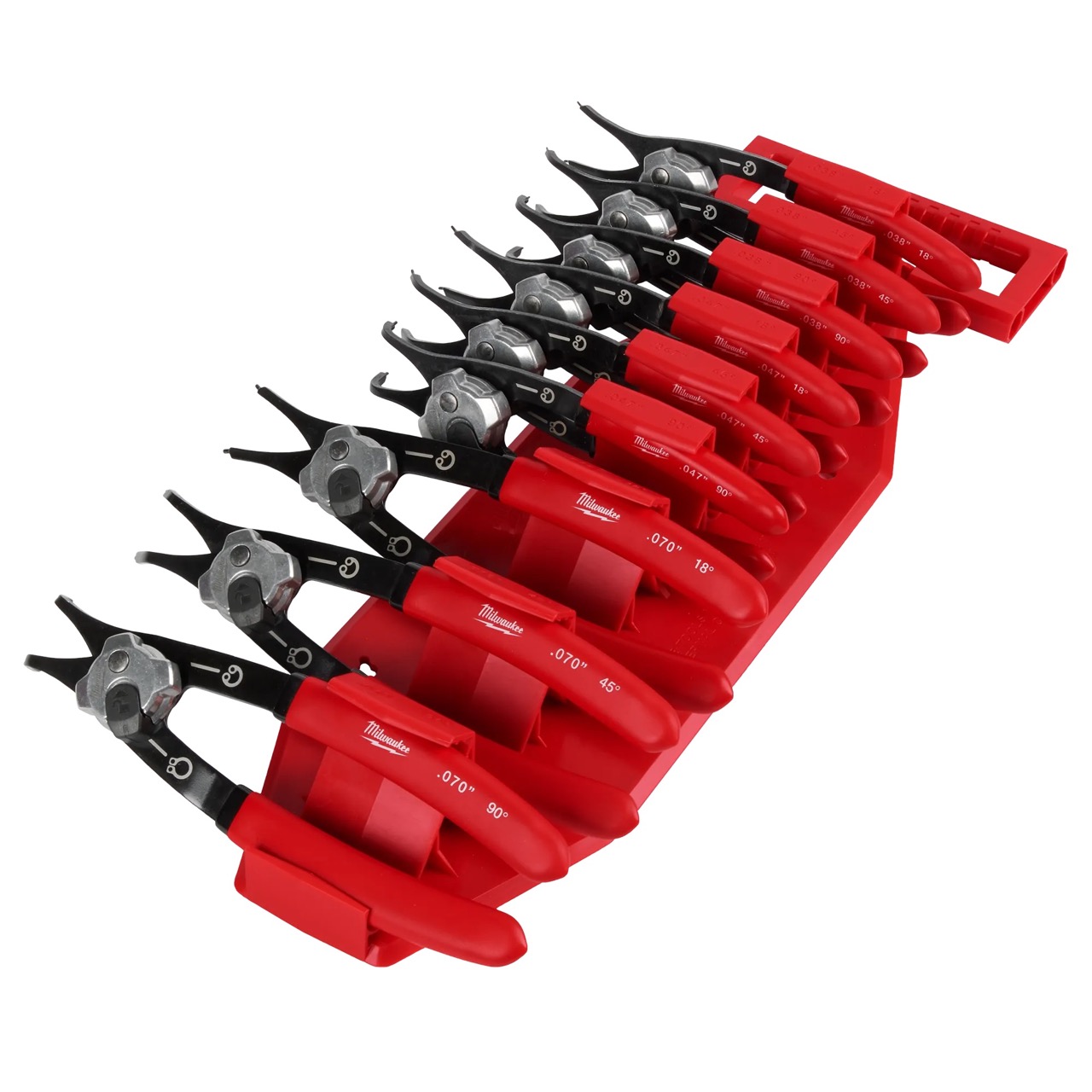
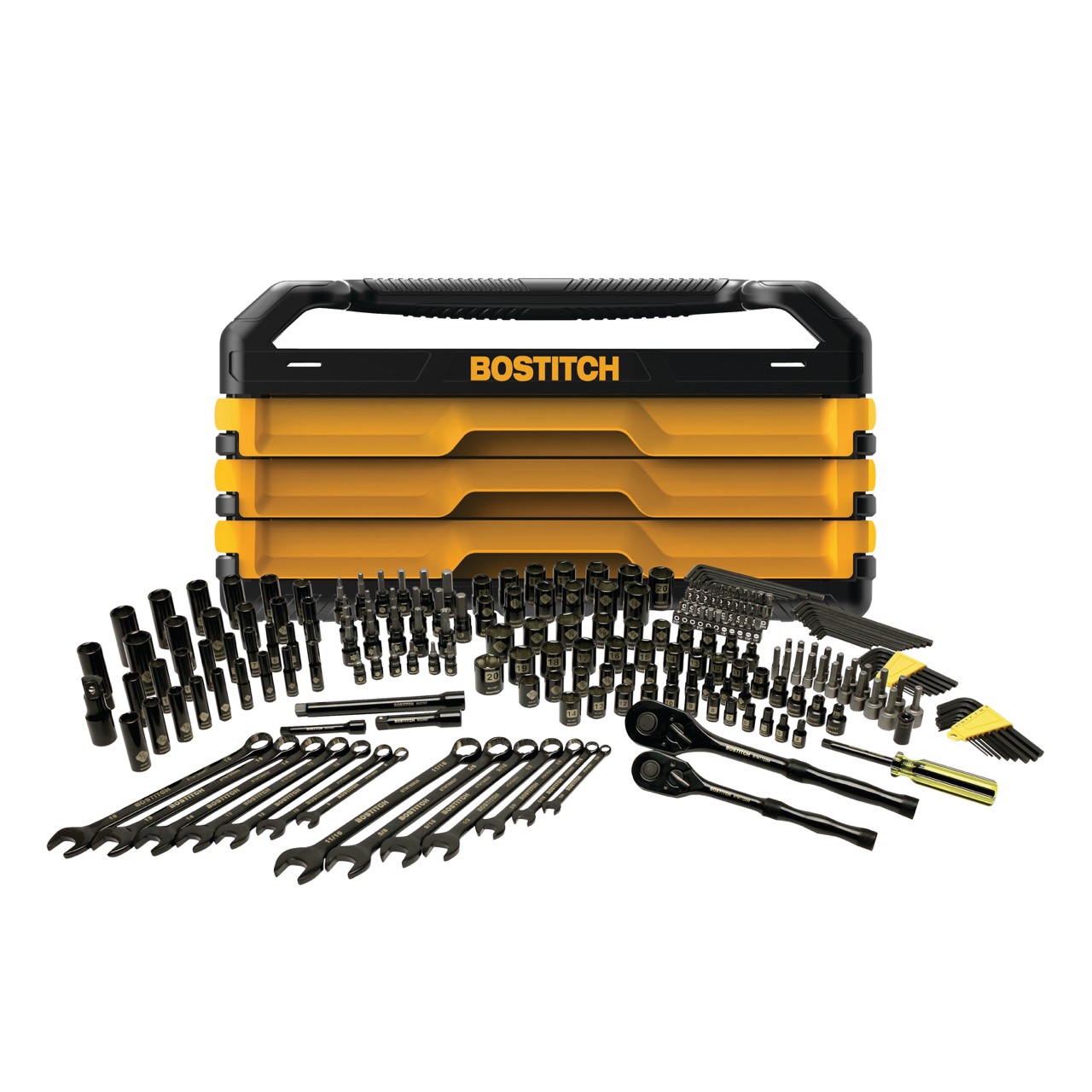
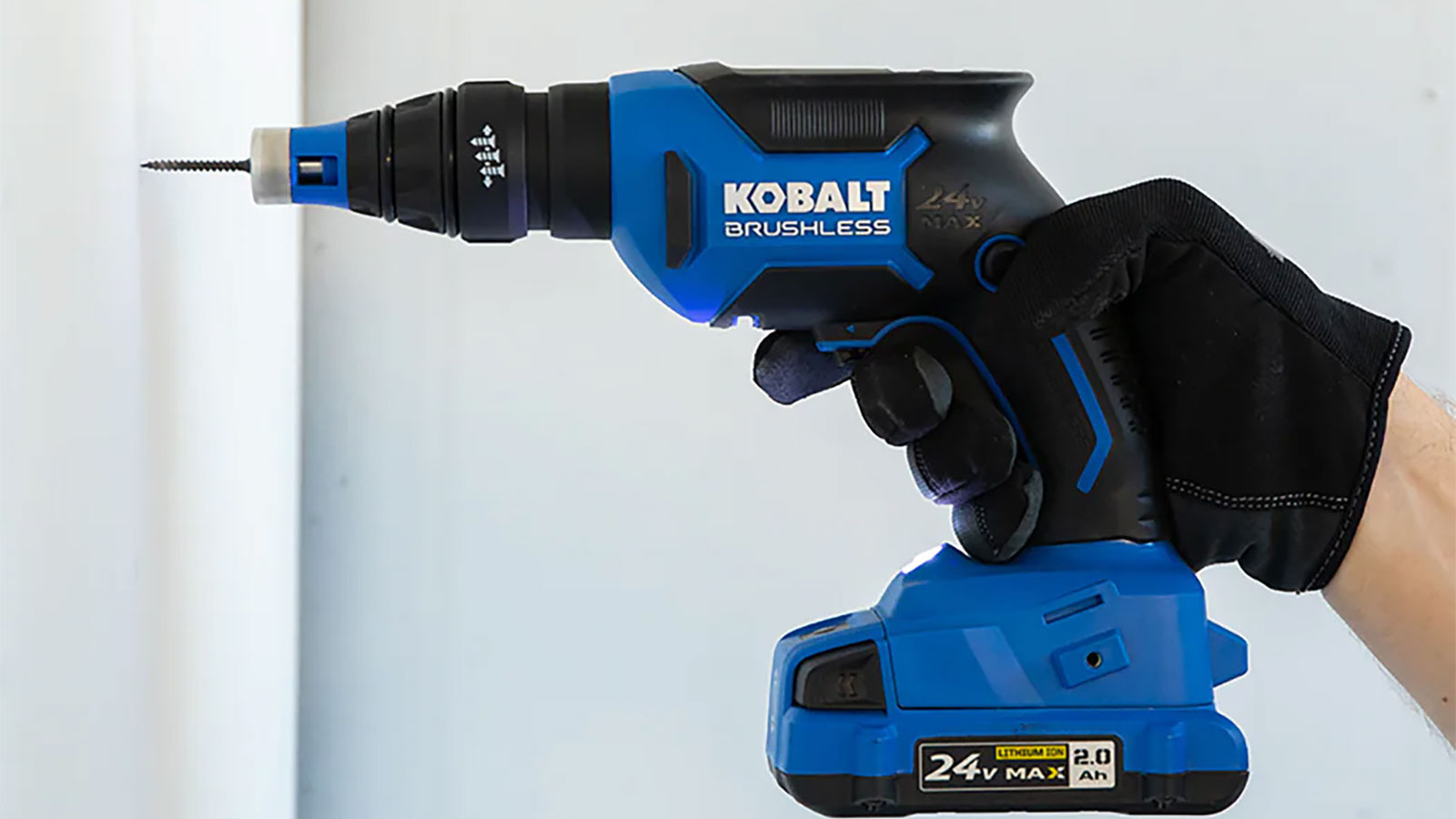
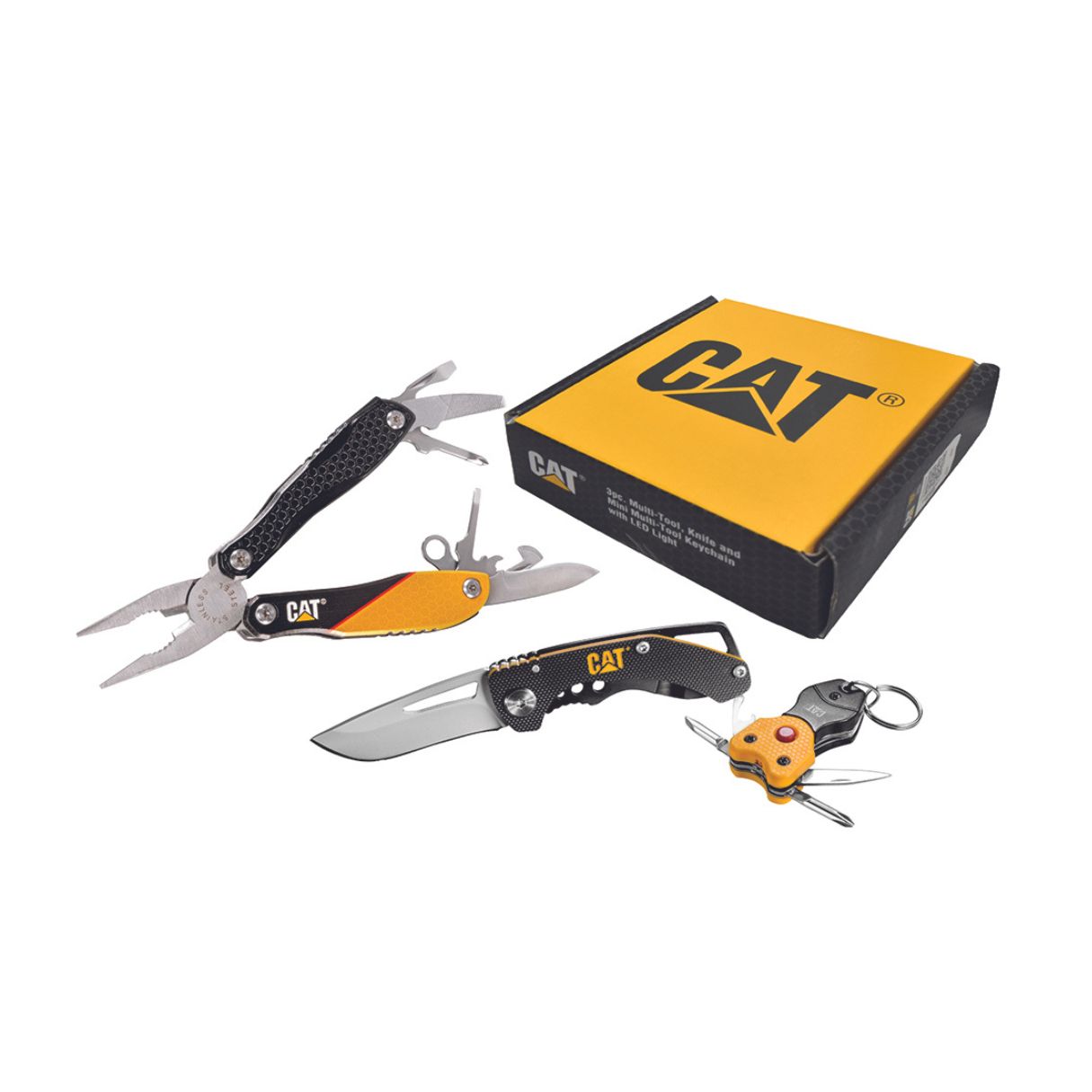
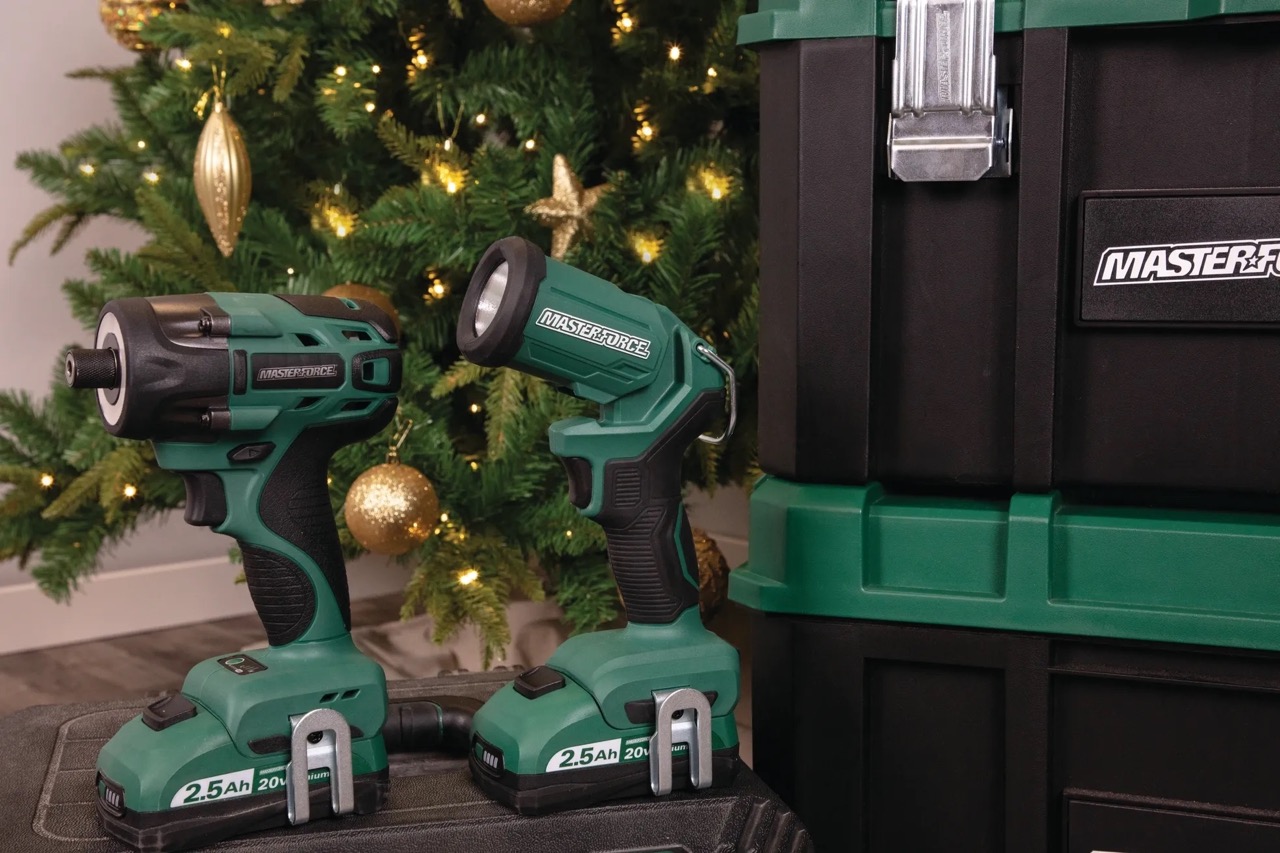
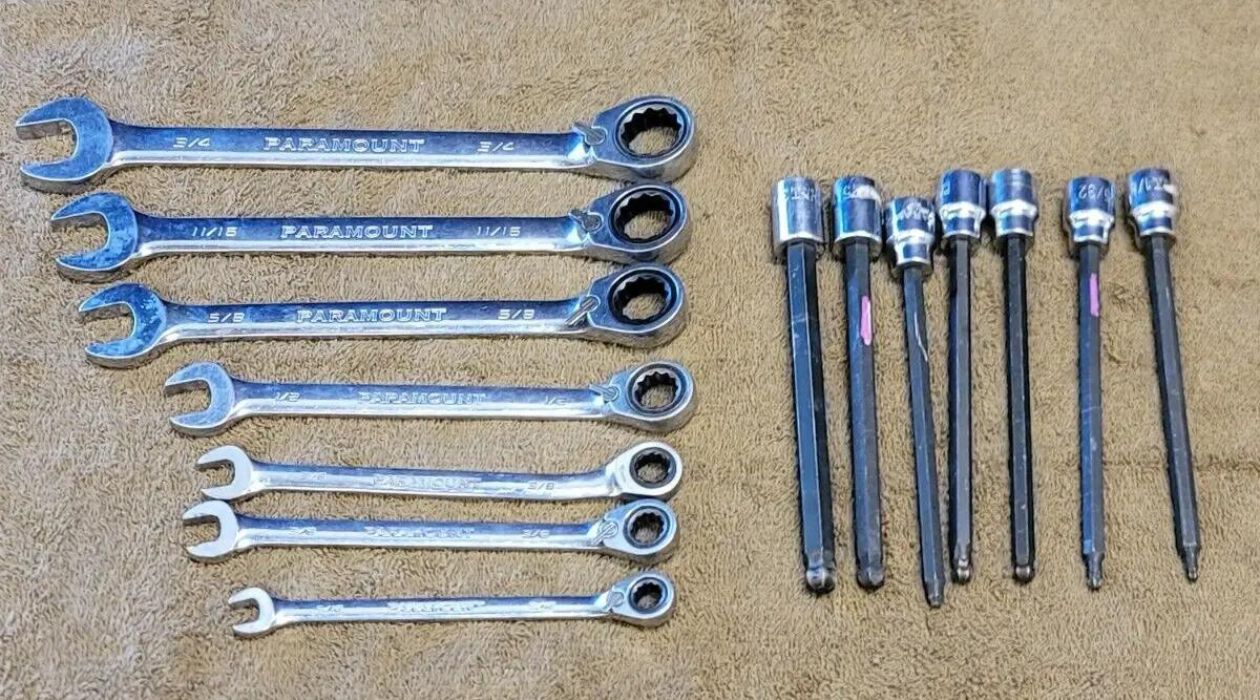
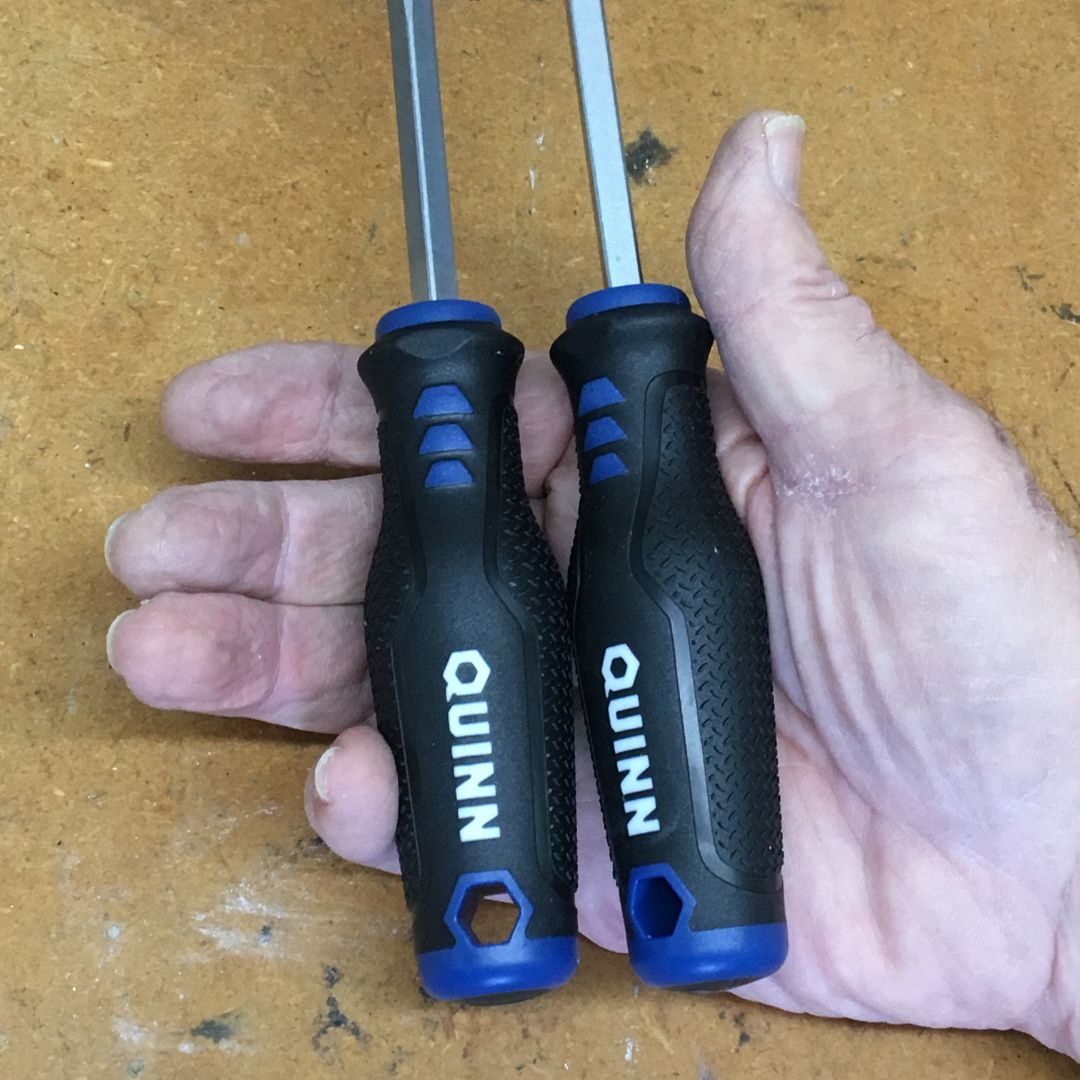
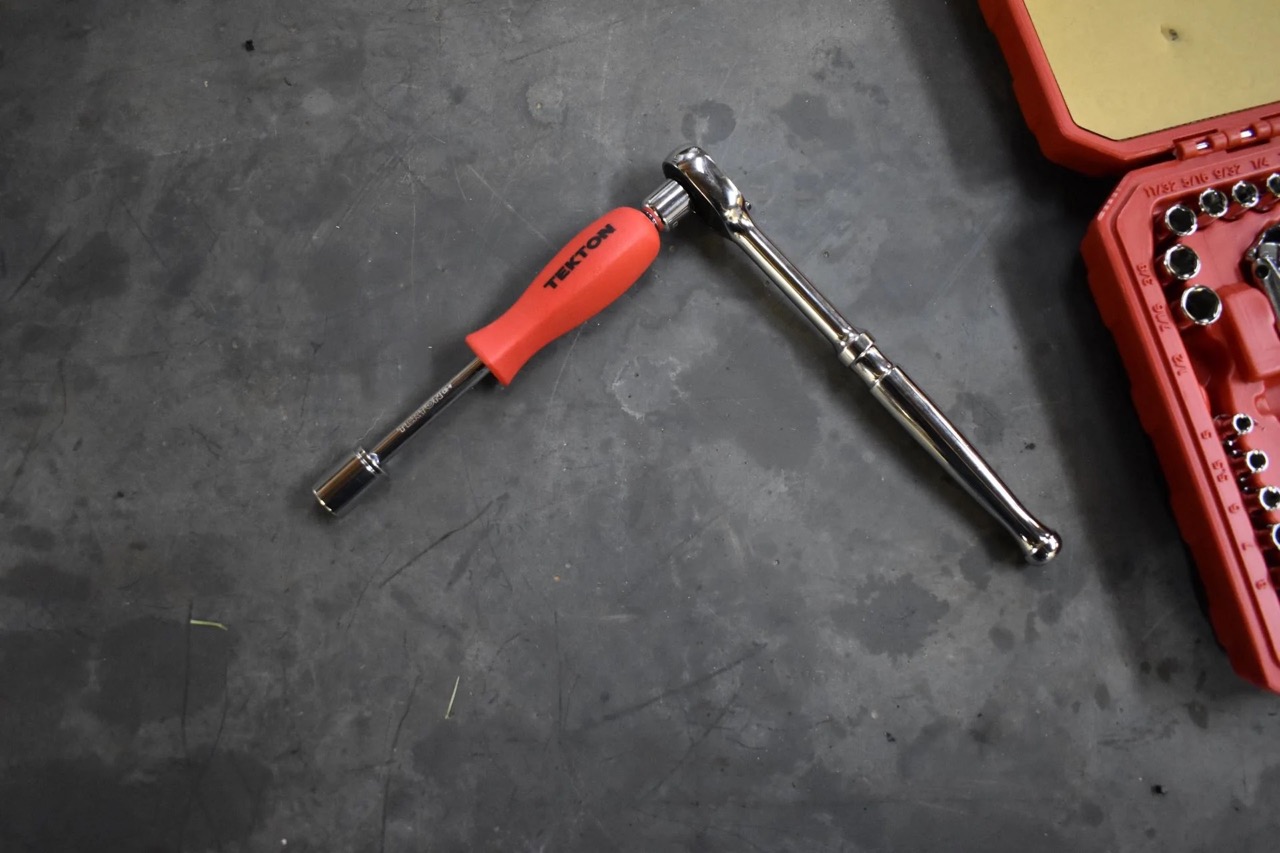
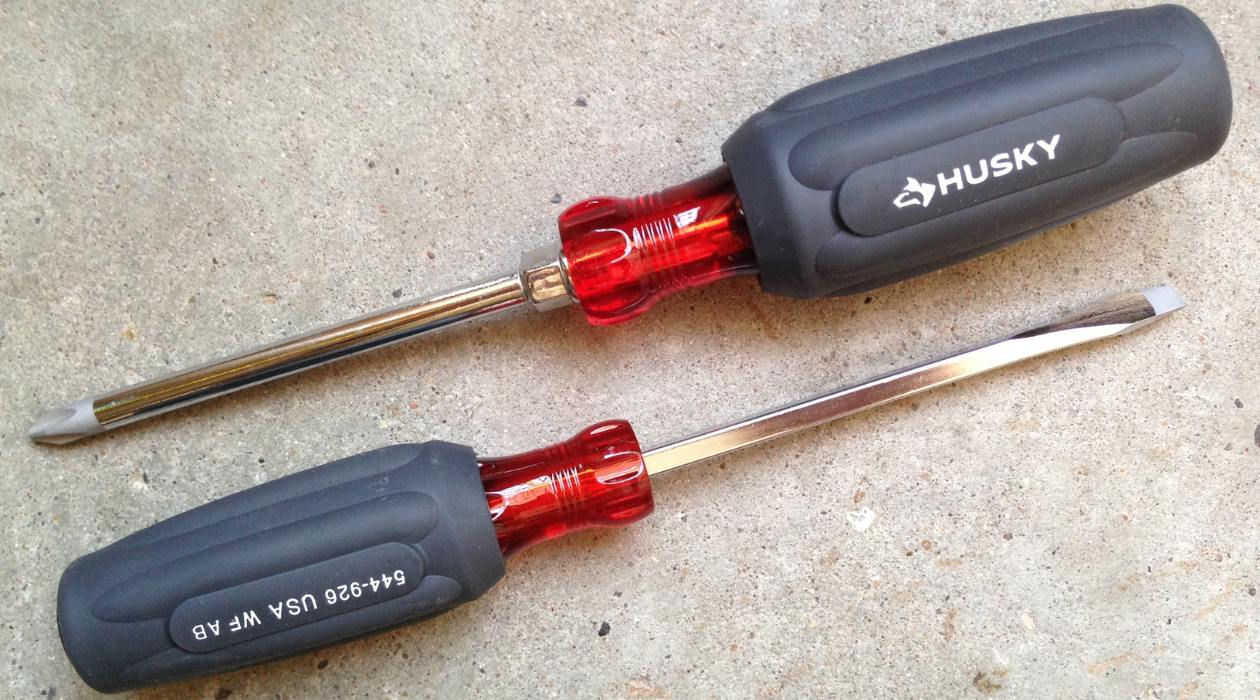
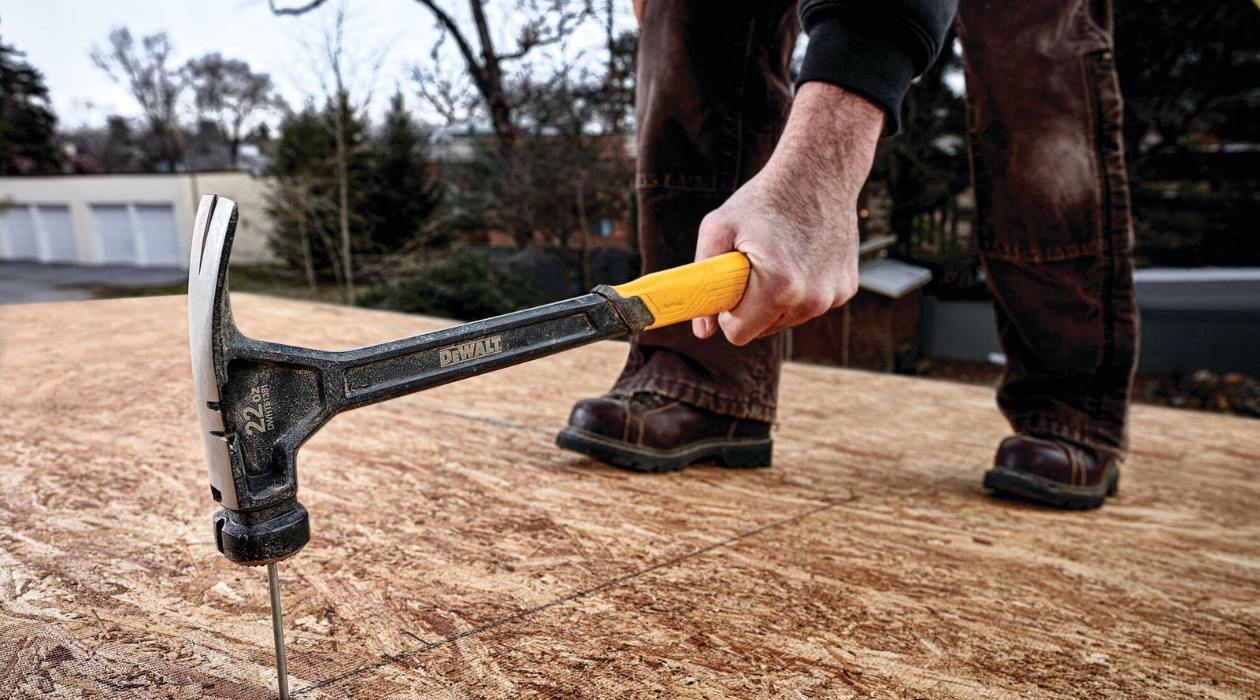
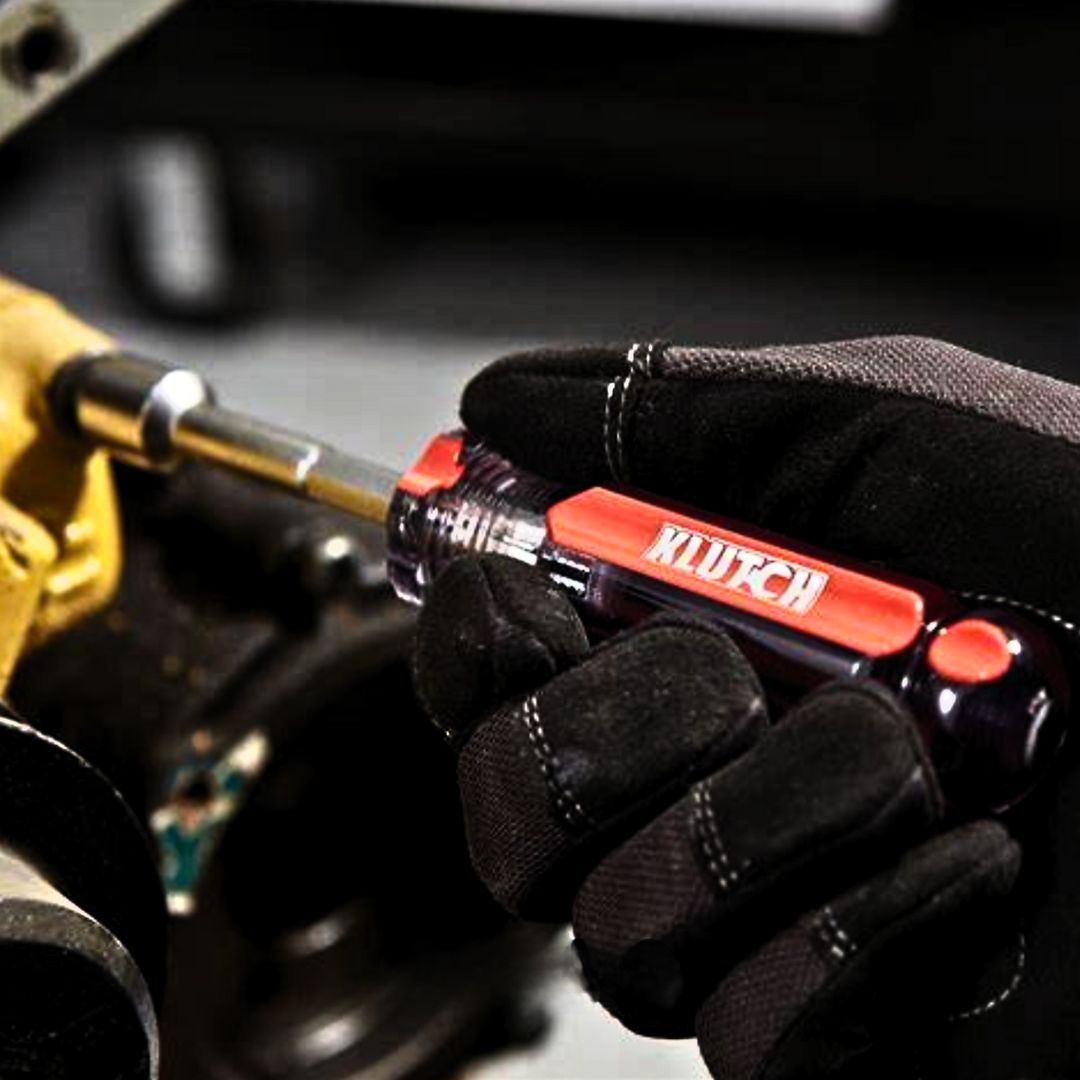
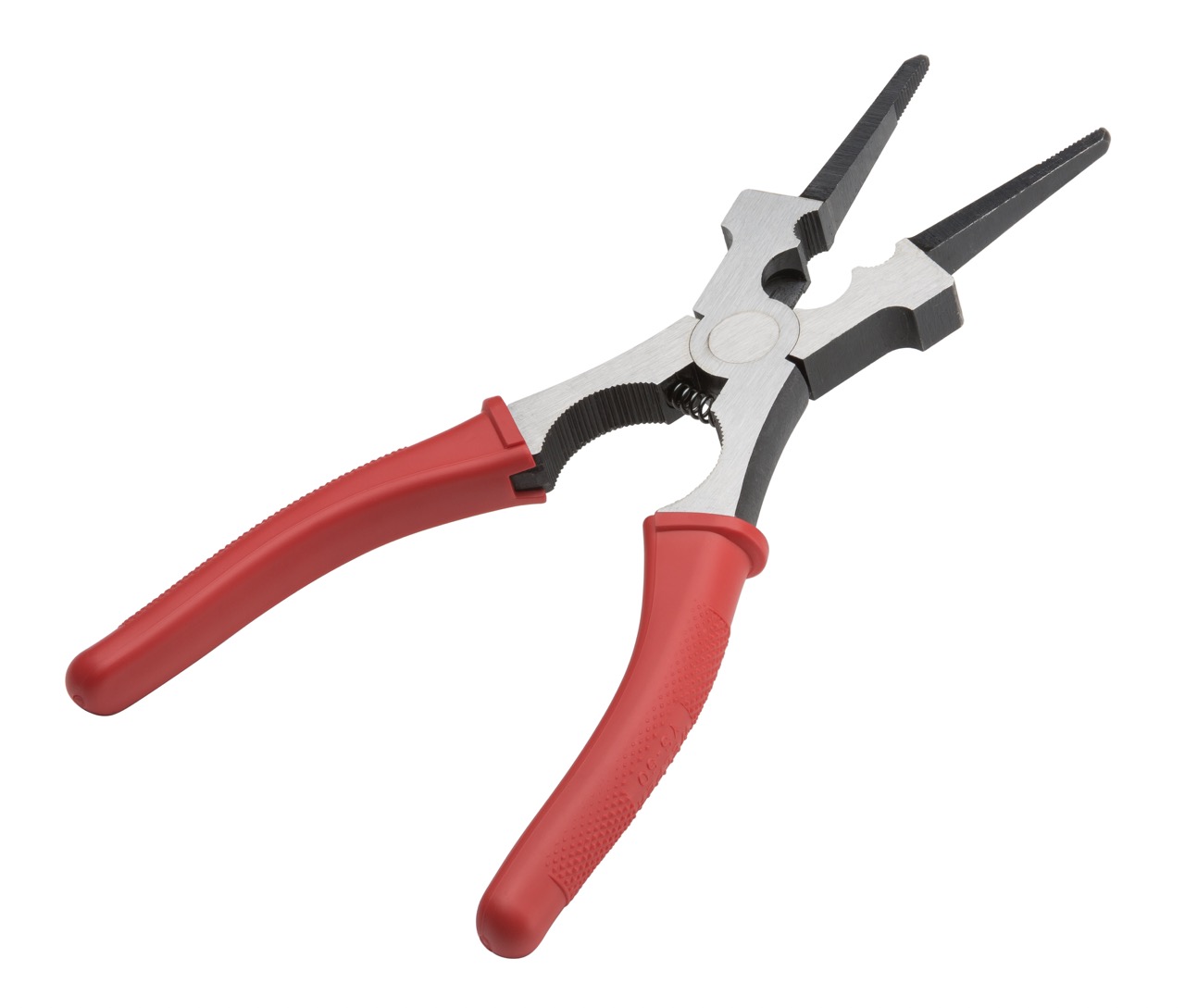
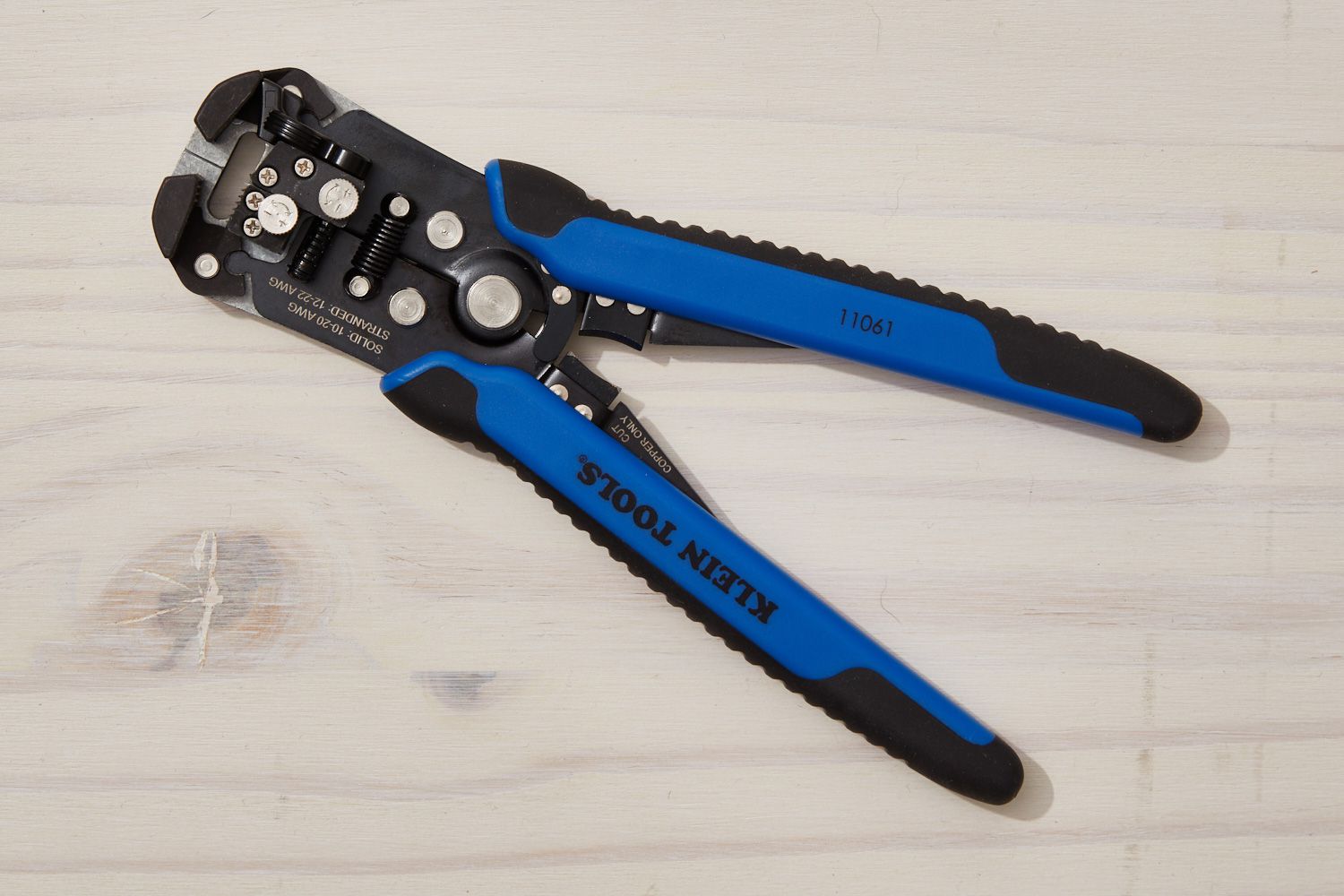

0 thoughts on “Who Makes Dirty Hand Tools”